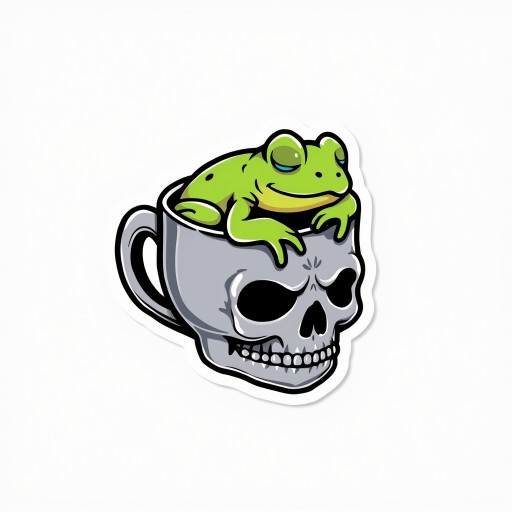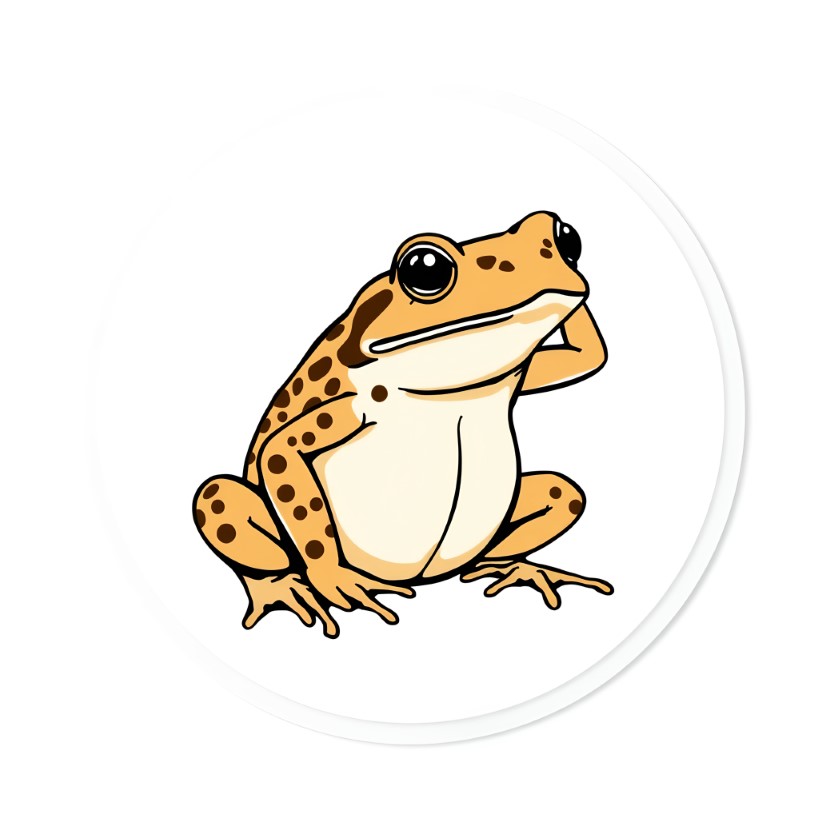There’s something undeniably seductive about the concept of passive income—that magical arrangement where money somehow materializes in your account while you’re busy doing literally anything else. Having previously built a dropshipping venture, I found myself drawn back to that particular siren song, but this time with a twist: what if I could automate not just the selling, but the actual product creation process?
The plan seemed straightforward enough. Build a series of n8n workflows to:
Scrape popular print-on-demand platforms for their best-selling products
Extract patterns of what sells well
Use AI to generate similar (but legally distinct) designs
Automate the listing process
Wait for the passive income to roll in
One might observe that steps 1-3 focus heavily on the technical components I find interesting, while step 4 gets a bit hand-wavy, and step 5 involves that particularly optimistic form of wishful thinking that seems to infect all automation enthusiasts.
The Automated Discovery Pipeline
The first piece of the system needed to identify what was actually selling well. This called for a scraping workflow that could extract information from “best seller” and “monthly top sellers” listings from print-on-demand platforms.

The workflow extracted not just the images, but crucial metadata: product dimensions, whether designs were “brand-safe” (the corporate way of saying “not explicit”), and what kind of base products were selling best.
This data collection portion worked surprisingly well. Set up a schedule trigger, unleash Puppeteer to navigate the target sites, extract the HTML, split out the relevant content, make HTTP requests for the image assets, and write everything neatly to disk. The workflow diligently collected data and organized it all into a tidy repository of “things that apparently people will pay money for.”
The Image Generation Gauntlet
With a growing collection of inspiration, the next step involved asking AI to create similar but distinct designs. This is where our friend n8n was joined by various image generation models.

I ran various experiments with Stable Diffusion XL, using specialized LoRAs trained to create sticker-like designs with strong outlines. Models like Juggernaut XL and Anima Pencil XL proved particularly adept at generating designs with the clean, bold lines necessary for print products. Flux via Runware.ai Schnell emerged as another valuable tool, generating 1000x1000 pixel images with remarkably good quality for what amounts to pocket change (approximately 800 images for $1).
The prompting strategy evolved into something quite specific:
A sticker design with bold outlines of a cute frog sleeping inside a skull mug.
And would you look at that—the models actually delivered:
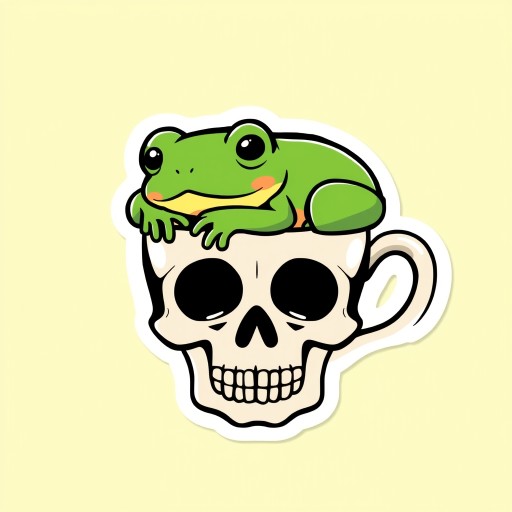
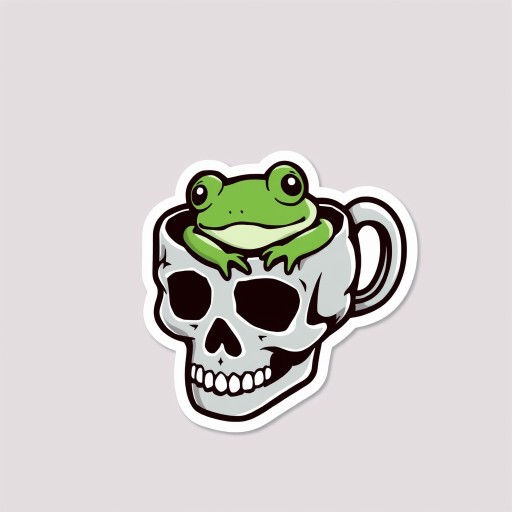
Since my project coincided with Halloween, I leaned into the spooky-but-adorable aesthetic. The system produced a rather impressive collection of designs ranging from cute ghost musicians to ravens perched on occult tomes.


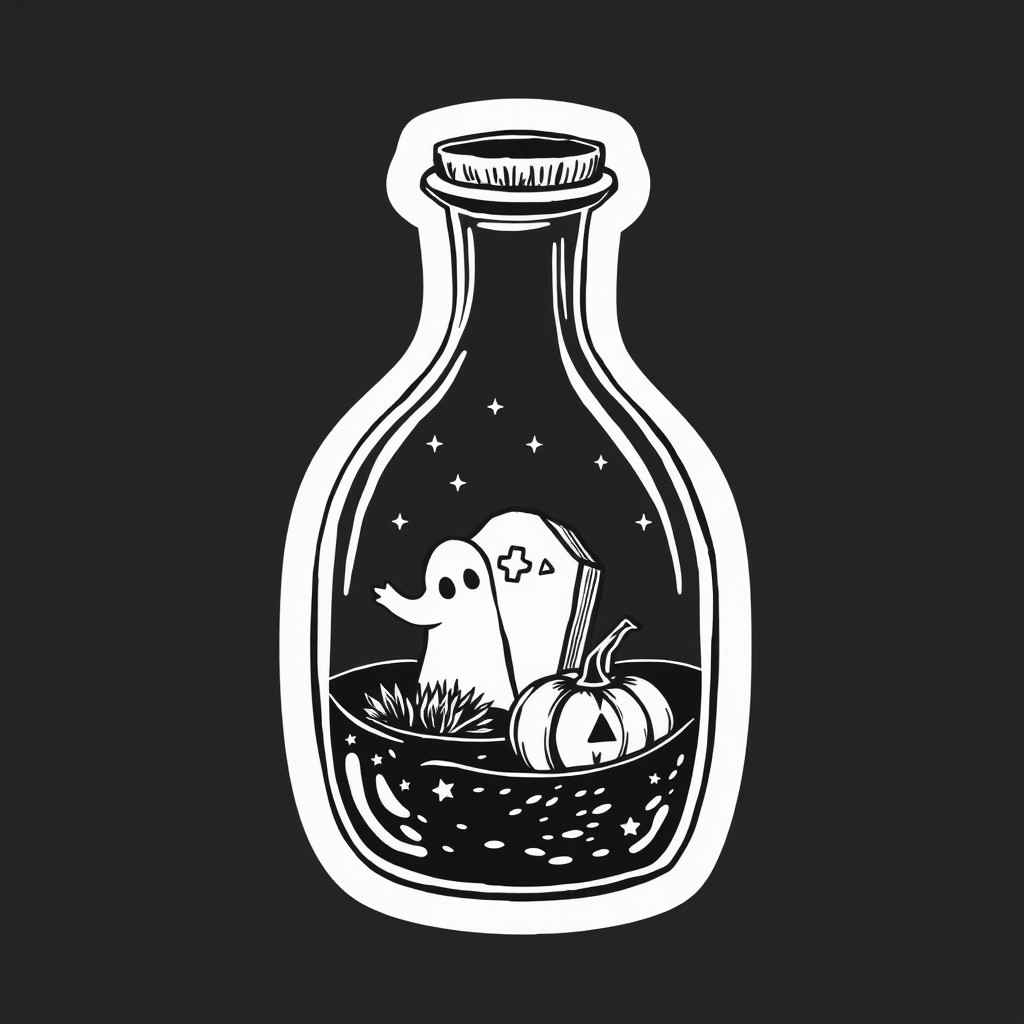
When Reality Gets Complicated
Initial expectations were that the most challenging part would be generating high-quality designs. In that particular arena, the AI performed admirably—sometimes suspiciously well. The reality, however, stubbornly insisted on complicating matters.
The first unexpected hurdle emerged when attempting to remove backgrounds and prepare images for print. What should have been a simple task—separate the design from the background—turned into an exercise in digital archeology, with different tools interpreting “background” in creative and occasionally baffling ways.
After considerable experimentation, a process emerged: use LoRAs specifically trained for sticker-like designs with prominent borders, then remove everything outside those borders, followed by careful edge cleanup. This approach worked well, but it came with a limitation—only certain design styles could survive this pipeline.

Text presented another peculiar challenge. Despite all advances in AI, text generation within images continues to have a rather loose relationship with actual language. Models like Flux performed better in this regard, but the need for careful review remained constant.

The Quiet Abandonment
With several completed designs, a RedBubble store established, and products actually listed for sale, the project arrived at an unexpected impasse: marketing.
It turns out that the “if you build it, they will come” philosophy works reliably for baseball ghosts in cornfields, but considerably less so for AI-generated frog-in-skull-mug stickers on print-on-demand platforms. The discovery mechanics of these platforms offer some visibility, but the path to sustainable passive income would clearly require marketing efforts.
And here we find the true villain of our story—not technical limitations or legal concerns, but the mundane reality of marketing.
For someone who describes themselves as a “burst-compiler, not a long polling process type,” the consistent effort required for effective marketing represented a particularly uninspiring hurdle. The system was technically interesting when building components that could be automated in clean, logical ways. Marketing, with its messy human psychology and need for sustained effort, simply didn’t trigger the same enthusiasm.
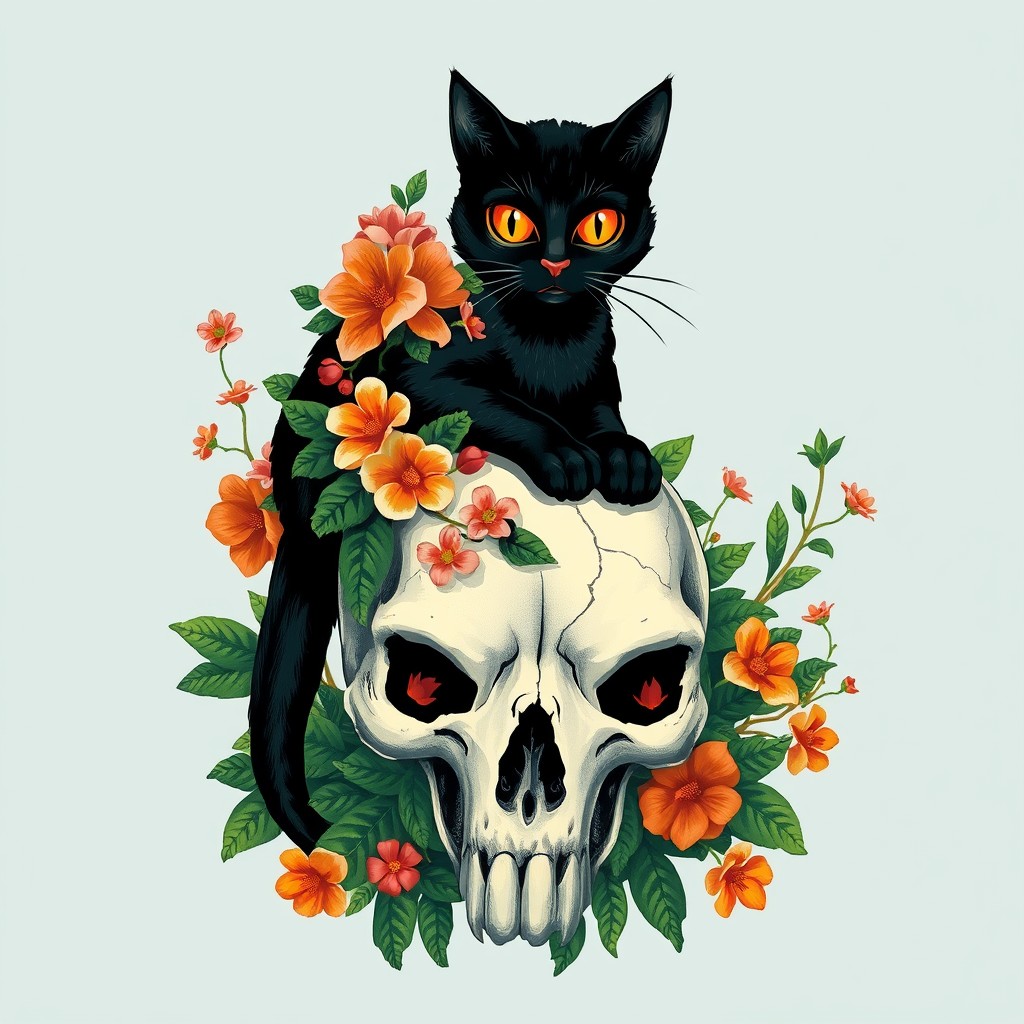

Lessons From a Technically Successful Failure
Looking back, the project can’t quite be labeled a complete failure. It produced functional automation workflows, genuinely appealing designs, and valuable experience with n8n as a platform. The technical objectives were largely met, with AI generating designs of surprising quality at remarkably low cost.
What failed was not the technology but the business model—or more accurately, the assumption that the technical components represented the difficult part of the process.
For those considering similar ventures, perhaps the most valuable takeaway is to consider the entire process before diving into the technically interesting bits. The automation of image generation and product creation can work remarkably well, but without solving the marketing component, you’re essentially building a very efficient factory in the middle of a desert with no roads leading to it.
Or, as might be appropriate for our frog-in-skull-mug theme: just because your amphibian looks comfortable doesn’t mean customers will hop on by.
The Gallery of What Might Have Been
If nothing else, the project left behind a collection of designs that continue to have a certain charm. From cartoon frogs to gothic skulls, the AI managed to create designs that, while not revolutionary, certainly hold their own against many human-created alternatives.
Perhaps they’ll be repurposed for a future venture. Or perhaps they’ll remain as digital artifacts of an automation experiment that collided with the stubborn reality of commerce—comfortable inhabitants of a skull mug that no customer ever purchased.
More Design Examples
